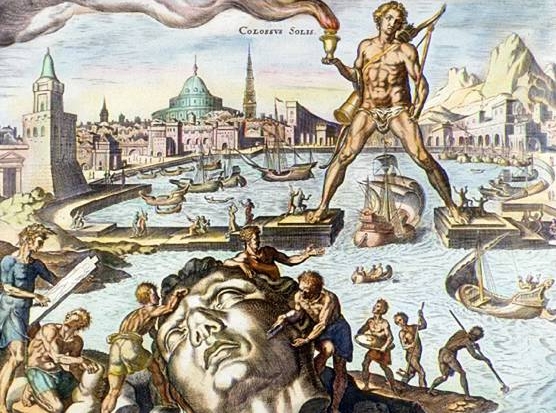As always, fervent apologies for my slackness in updating--I've been busy since early June directing two back-to-back musicals and am now recuperating! With that I'll wade right into today's topic:
The Empire State has had some rare visitors in the last year--a couple of genuine, honest-to-God hurricanes. We get plenty of wet weather [and how!] but hurricanes are a relative novelty. Even Sebastian Junger’s Perfect Storm, a massive weather system that spanned the Outer Banks of North Carolina to the Grand Banks off of Nova Scotia [where the Andrea Gail went down]
and which hit Massachusetts very hard indeed, was mostly a mésalliance between an unnamed tropical cyclone, a good ol’ fashioned nor’easter, and the remnants of Hurricane Grace.
The reason hurricanes are rare in the northeast is because tropical storm systems, which generally start to form off the northwestern coast of Africa in the late summer months, derive their energy from one essential element—warm water. New York and New England are far enough north that usually by the time a storm has traveled all the way up here over several days, it has started to cool down and hence lose its cohesion and so, unlike the Atlantic South and the Gulf Coast, the New York area is generally protected.
However there was one notorious exception 1938, a September storm that devastated Long Island and Points North (in fact it is still New England’s most destructive, deadly storm). This was before the United States Weather Bureau had started trying out official naming systems, and so the 1938 storm had a plethora of sobriquets, including:
- the Great New England Hurricane
- the Yankee Clipper [gotta wonder how Joltin' Joe felt about that one!]
- and my favorite--the Long Island Express.
I first became interested in this bit of meteorological history when I came across a child’s book of famous storms—according to the book, this hurricane got its locomotive nickname because of its incredible speed. Hurricanes have two kinds of speed metrics--wind speed within the storm, and how fast they actually move across the land. Most hurricanes travel relatively slowly, around 15-20 miles per hour. The Long Island Express, in contrast, moved at a whopping
Needless to say, in those ancient days before radar and when meteorology was in its infancy, Long Islanders had no way to expect this monster. One famous story about the Express tells us of a man who received in the mail that morning a barometer that he'd ordered. But upon opening the package he was annoyed--his new device was apparently already broken, as it was a clear beautiful day out and yet the reading seemed to be stuck on the lowest level:
Hurricane.
The Express also ripped the coastline asunder, its fury shaping a permanent reminder in Shinnecock Inlet, which was carved into the barrier island south of Long Island as the storm tore through.
New York City started on an island and is surrounded by rivers, tides, bridges and seawalls--and yet for most of our history we’ve been able to take that uneasy relationship with Mother Nature for granted. Denizens of the Gulf Coast, the Caribbean, Florida could have told us--ignore the power of the planet at your peril. All very well for King Lear to shake his fist at the skies:
Blow, winds, and crack your cheeks! rage! blow! You cataracts and hurricanoes, spout...
…but the white cliffs of Dover didn’t really have to worry about storm surge.
PSA:
Occupy Sandy is a boots-on-the-ground organization that is helping areas in the New York City area that have been devastated by Hurricane Sandy, including Red Hook, the Rockaways and Coney Island. Please consider volunteering with them--if you can't offer your elbow grease, you can help by donating through their gift registry on Amazon. Every generator, every blanket, every flashlight helps--let's rebuild our wonderful city!









